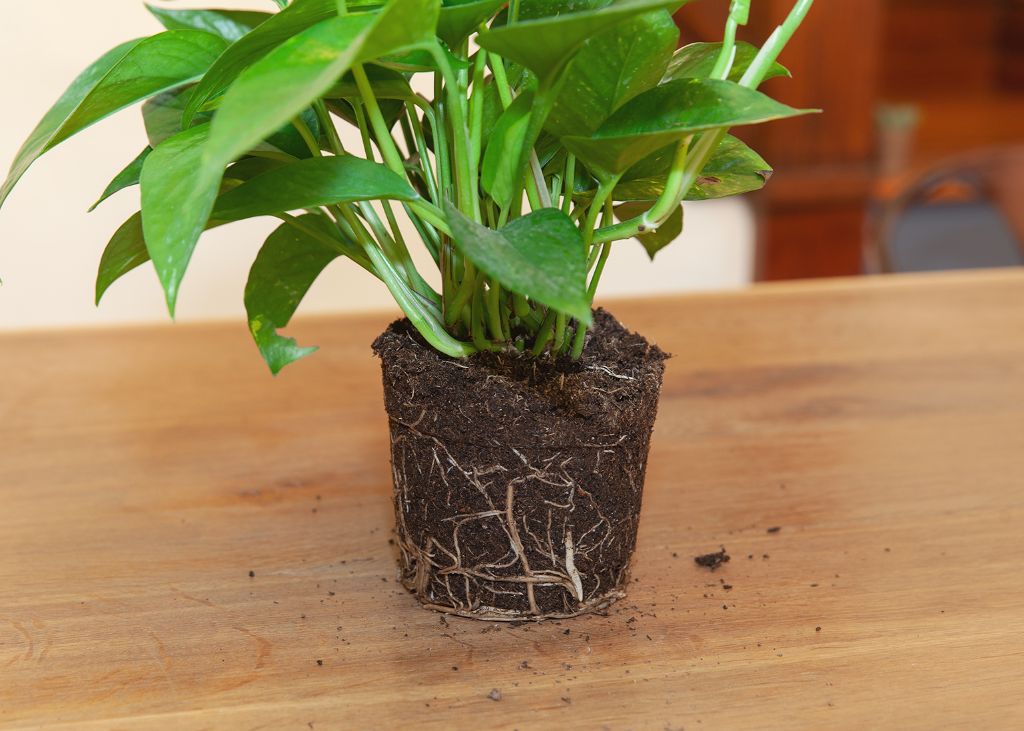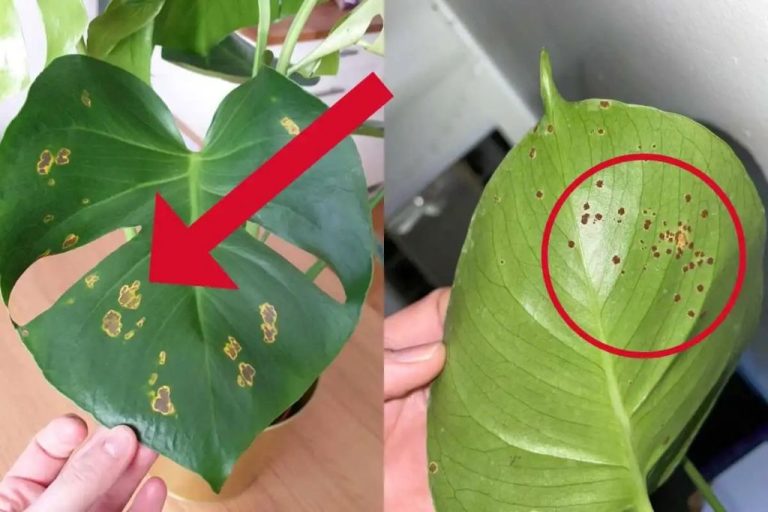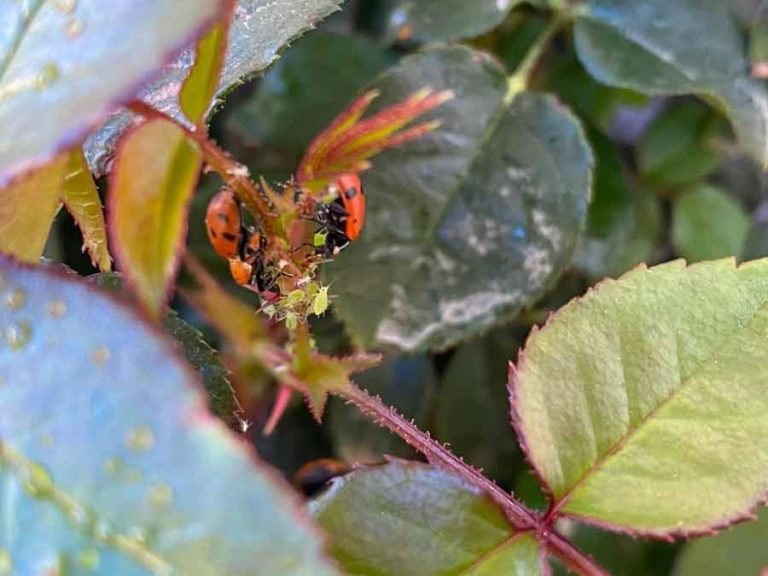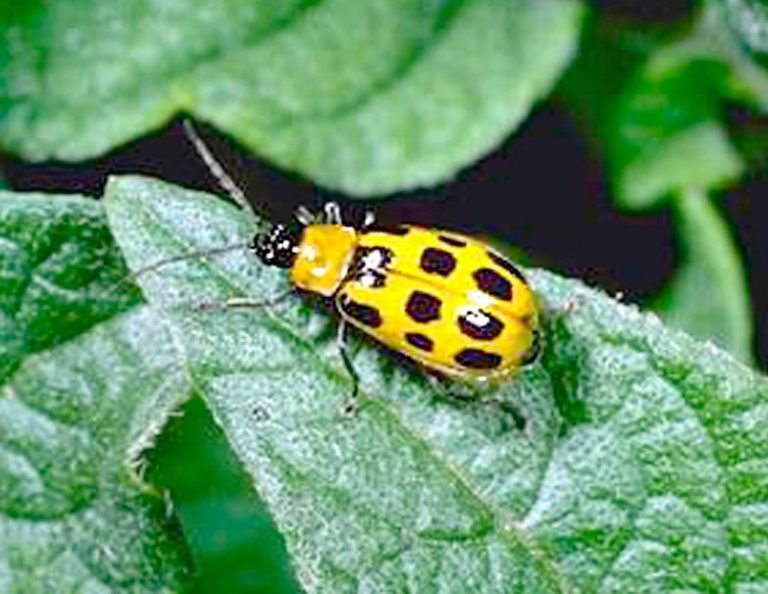Dealing With Root Rot: Prevention And Treatment Options
What is Root Rot?
Root rot refers to any number of fungal diseases that affect the roots of plants. It is one of the most common causes of plant disease, affecting a wide variety of flowers, vegetables, trees, shrubs, and other plants. Root rot can be identified by the appearance of yellow, wilted foliage and overall slow decline of the plant. Examining the roots and crown will reveal brown, mushy tissues.
There are several types of fungal pathogens that cause root rot. The most common include Phytophthora, Pythium, Rhizoctonia, Fusarium, and Phymatotrichum. These soil-borne fungi thrive in wet, poorly-drained conditions. The excess moisture damages the roots, allowing the fungi to infect the plant. As the roots and crown rot away, the plant is unable to take up water and nutrients, leading to dieback.
Typical symptoms of root rot include wilting or drooping leaves that fail to recover at night or after watering. The earliest sign is often yellowing lower leaves. additional signs include poor or stunted growth, premature leaf drop, thinning canopy, and death of the plant. Examining the roots will reveal extensive rotting and deterioration.
Preventing Root Rot
Root rot can be prevented by taking steps to improve soil drainage and water properly. Using mulch and crop rotation are also effective prevention methods.
To improve drainage, add organic material like compost or peat moss to the soil, which can loosen compacted soil and allow for better airflow. For potted plants, ensure pots have adequate drainage holes. When watering, allow the top few inches of soil to dry out between waterings and avoid overwatering. Water early in the day so the soil has time to dry out before nighttime.
Adding a 2-3 inch layer of mulch on top of the soil helps retain moisture while preventing soil from getting overly wet. Organic mulches like bark chips, straw or leaves work well. For vegetable gardens, crop rotation from year to year helps prevent disease pathogens from building up in the soil.
Sources:
https://blog.leonandgeorge.com/posts/how-to-prevent-and-fix-root-rot
https://blossomplant.com/blog/plant-diseases/how-to-treat-root-rot
Treating Mild Cases
If you catch root rot early, you may be able to save your plant by treating the mild infection. Start by removing the plant from its pot and inspecting the roots. According to this source, you’ll want to cut away any roots or sections of roots that appear brown, mushy or rotten using a sterile tool. This removes the infected areas so they don’t spread.
Next, treat the remaining healthy roots and soil with a fungicide drench to kill off any lingering fungus, as recommended by this guide. Look for fungicides containing active ingredients like neem oil or trichoderma harzianum. Always follow label directions carefully.

Finally, repot the plant in fresh, sterile potting mix and make sure the container has drainage holes. Improve air circulation around the plant by spacing it further from other plants. This prevents moisture from getting trapped.
Treating Severe Cases
If root rot has caused extensive damage and more than half the roots are dark and mushy, the condition may be too far gone to save the plant. In severe cases, the best course of action is to remove the entire plant from the pot and discard all the soil.
Start by gently uprooting the plant and thoroughly washing the roots under running water to remove all soil. Trim off all dark, mushy roots using sterile scissors or shears. Be sure to sterilize the tool before each cut to avoid spreading disease (see this guide for tips).
After removing all infected roots, rinse the remaining healthy roots once more. Allow them to dry completely before replanting in fresh, sterile potting mix. When choosing new soil, opt for a fast-draining variety to prevent another bout of root rot (this article has recommendations). Also consider planting in a container with extra drainage holes.
For best results, select rot-resistant snake plant varieties like Laurentii or Moonshine to replant after treating severe root rot. Their hardy root systems are less prone to overwatering issues.
Aftercare
After a root rot infection, it’s crucial to provide proper aftercare to help your plant recover and prevent the rot from recurring (Greg, 2023). Monitor the plant closely in the following weeks and adjust your watering schedule to allow the soil to dry out completely between waterings. Only water when the top few inches of soil are dry to the touch.
Promoting new healthy root growth will help the plant bounce back. Consider repotting in fresh, well-draining soil and pruning any remaining mushy roots. Rooting hormone can stimulate new root production. Provide bright, indirect light without overexposing tender new growth.
While your plant recovers, avoid fertilizing and maintain stable temperatures between 65-80°F. The goal is to minimize stress so the plant can direct energy toward establishing a healthy root system (Reddit, 2022). With attentive aftercare, most plants can recover fully from a root rot infection.
Resistant Plant Varieties
There are certain plant varieties that have natural defenses against root rot and are resistant to common pathogens like Phytophthora. According to research from the University of Delaware and North Carolina State University, some of the most resistant varieties include:
- Summersweet (Clethra alnifolia) – Contains a chemical called clethraquinone in its roots that fights off fungal infections.
- Sweetspire (Itea sp) – Produces rot-resistant root nodules and antifungal compounds.
- Eastern Ninebark (Physocarpus opufolius) – Has a gene that allows it to detect pathogens early and boost defensive enzymes.
- Oakleaf Hydrangea (Hydrangea quercifolia) – Thick root cortex acts as a protective barrier against invasion.
- Marginal Wood Fern (Dryopteris marginalis) – Rhizomes contain antimicrobial and antifungal properties.
When choosing plants, focusing on these natural disease fighters can help prevent a damaging outbreak of root rot in your garden or yard.
Chemical Fungicides
There are several chemical fungicides that can be effective at treating root rot. Some common options include:
Metalaxyl – This systemic fungicide is absorbed by the plant and distributed throughout to protect against infection. It is sold under brand names like Subdue and MetaStar. According to the University of Florida [1], metalaxyl should be applied as a drench around infected plants.
Mefenoxam – This fungicide is very similar to metalaxyl. It is found in products like Subdue MAXX and Ridomil Gold SL. As explained by Hydrobuilder [2], mefenoxam is applied as a soil drench or through irrigation systems.
Phosphorus acid – Phosphite fungicides like Alude, Vital, and Rampart work by stimulating the plant’s natural defenses. The University of Wisconsin [3] recommends applying these as a foliar spray or soil drench.
Proper usage of chemical fungicides involves carefully following the label directions. Key factors are using the right dosage for the size of the affected area, applying at the right intervals, and taking safety precautions like wearing gloves and protective clothing.
Organic Alternatives
There are several organic alternatives to chemical fungicides that can help get rid of root rot. Some popular options include:
Baking Soda
Baking soda has antifungal properties and can change the pH of the soil, making it less hospitable for the fungi that cause root rot. Create a baking soda spray by mixing 1 teaspoon of baking soda with 1 quart of water. Mist the soil of affected plants with this solution once a week until the rot clears up. Baking soda can also be mixed into soil at a rate of 1 teaspoon per gallon of soil to help prevent future outbreaks of root rot.
Hydrogen Peroxide
Hydrogen peroxide is another household item with antifungal abilities. Create a dilute hydrogen peroxide solution by mixing 1 part 3% hydrogen peroxide with 4 parts water. Use this to water plants affected by root rot every 10-14 days until it is under control. Be sure to avoid getting the solution on the leaves and stems of plants.
Cinnamon
Cinnamon has natural fungicidal properties that can inhibit the growth of pathogens. Sprinkle cinnamon powder around the bases of plants prone to root rot. It can also be mixed with water at a rate of 1 teaspoon cinnamon per gallon of water and used to water plants. Reapply cinnamon after heavy watering to replace what gets washed away.
When to Call a Professional
In severe or recurring cases of root rot, it is best to call in a professional lawn care company or arborist to assess and treat the issue. Widespread infection that covers a large area of your lawn or multiple trees is difficult to tackle on your own.
According to LawnStarter, take-all root rot is an aggressive and deadly lawn disease, so contacting a professional as soon as possible is recommended. They have the expertise and commercial-grade products to diagnose which fungus is causing the rot and apply effective curative treatments.
As Arboreal Lawns notes, the best course of action for recurring or severe take-all root rot is to have a lawn care company assess, diagnose, and treat the issue. They can identify the underlying factors contributing to the outbreak and stop the disease from spreading further.
For trees showing concerning signs like poor growth and discoloration, CitiTurf recommends calling in an arborist immediately. They have the knowledge and tools to diagnose root rot and save infected trees before permanent damage sets in.
Preventing Recurrence
Once you’ve dealt with a case of root rot, it’s important to take steps to prevent it from coming back year after year. One of the most important things is to do a yearly inspection of your plants’ roots. Carefully dig up the plant and examine the roots, looking for any signs of root rot returning. If detected early, it can be treated before causing major damage.
Making amendments to the soil can also be beneficial for prevention. Adding compost introduces beneficial microorganisms that can outcompete the fungus causing root rot. Aerated compost teas can also be used to inoculate the soil. Introducing worms to the soil improves drainage and aeration as well. Space amendments like perlite or sand can help improve soil structure.
Practicing crop rotation is another key strategy. Avoid planting the same crops in the same locations year after year, as this allows fungal pathogens to accumulate. Rotating to a different plant family prevents the buildup of pathogens specific to one crop.
With vigilance and proper care, recurrence of root rot can be avoided. Be sure to address the underlying factors that led to the original infection. Keep soil healthy, ensure adequate drainage, allow time between same plantings, and carefully monitor root health.






